#indian pied myna
Photo

Indian Pied Myna (Gracupica contra)
© chandana roy
101 notes
·
View notes
Photo

Indian Pied Myna (Gracupica contra)
© chandana roy
41 notes
·
View notes
Photo
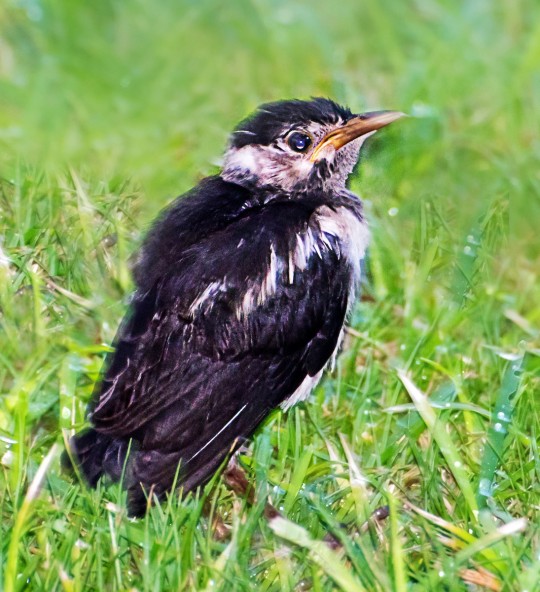
Indian Pied Myna (Gracupica contra)
© chandana roy
27 notes
·
View notes
Photo

Indian Pied Myna (Gracupica contra)
© chandana roy
25 notes
·
View notes
Text

Indian pied mynah,
Ameenpur lake
#mynah#myna#Indian pied mynah#Indian pied myna#pied mynah#pied myna#flock#small birds#Ameenpur lake#lake#water#birds#bird#flock of birds#grass#green#Indian birds
1 note
·
View note
Text
remember to put your answer in the tags, and also feel free to use this as an opportunity to infodump about your favorite obscure animals:)
44 notes
·
View notes
Text
putting this behind a readmore because I talk about a dead bird I saw and I go into explicit detail about it’s um...body parts. Read at your own risk! I’m writing about this because I like identifying birds, figuring out causes of death, etc.
Anyways I found the decapitated head of a dead bird which was....interesting. Morbid definitely, but interesting, because it’s head allowed me to identify it properly, on the spot. It was an Indian Myna, and I believe it might have been killed by a cat due to the uhh...decapitation thing, which I don’t believe any of the birds of prey in my area do. It was a rather fresh kill, too. Based on all the blood and the weird internal organ i saw??? (i couldn’t identify it properly. could’ve just been regular flesh tbh) It was likely a VERY fresh kill, as in the bird died within just an hour of me finding it. I initially thought the bird might have been a Magpie-lark or even a Pied Butcherbird because of the smaller, black and white feathers, but the head was definitely that of an Indian Myna.
I’m not too disturbed by dead animals since I kinda see dead animals on the side of the road all the time, either killed by predators or cars (which is really unfortunate), but I wanted to write about all of this because I’ve never really tried to identify a bird after it had already died and all it’s body parts were...scattered everywhere, basically. It’s definitely a helpful experience to be able to try and identify birds in different circumstances. The head was a BIG helper, though. Not all dead birds I come across are going to always be intact or have distinct body parts still around in order to aid me in identification, though. But it’s still an experience that helps me get better at the whole bird identification thing as well, as well as helping me to kinda detective-style figure out how a bird has died. Not that I’m an expert or anything, I’m just an amateur bird watcher, but I like to imagine I’m expanding my skills every time I go out identifying birds and stuff.
1 note
·
View note
Photo

Indian Pied Myna Shot on Nikon D500 with Nikkor 200-500mm. Chandigarh India. 16 September 2022 EXIF : f 8.0 | S1/1600 | FL 500 mm | ISO 1800 | #wildlifephotography #wildlife #nature #birds #naturephotography #photography #animals #bird #birdphotography #birdsofinstagram #naturelovers #perfection #photooftheday #animal #wild #of #best #birdwatching #ig #captures #nikon #natgeo #wildlifeplanet #birding #animalphotography #love #travel #wildlifephotographer (at Chandigarh, India) https://www.instagram.com/p/Cise4T1vQ8w/?igshid=NGJjMDIxMWI=
#wildlifephotography#wildlife#nature#birds#naturephotography#photography#animals#bird#birdphotography#birdsofinstagram#naturelovers#perfection#photooftheday#animal#wild#of#best#birdwatching#ig#captures#nikon#natgeo#wildlifeplanet#birding#animalphotography#love#travel#wildlifephotographer
0 notes
Photo

Asian Pied Starling OR Pied Myna by AnishDaryani http://bit.ly/2DpMPSV
#asian pied starling#pied myna#myna#starling#Indian starling#beautiful#bird#birding#bird photography
9 notes
·
View notes
Photo

Asian Pied Starling OR Pied Myna by AnishDaryani
3 notes
·
View notes
Photo

Indian Pied Myna (Gracupica contra)
© chandana roy
104 notes
·
View notes
Photo

Asian Pied Starling OR Pied Myna by AnishDaryani
0 notes
Photo

Asian Pied Starling OR Pied Myna by AnishDaryani
0 notes
Photo

http://goo.gl/plM6ud Asian Pied Starling OR Pied Myna Asian Pied Starlings occur naturally on the plains and low foothills of the Indian Subcontinent (South Asia) and Southeast Asia up to 2,300 feet (700 meters) above sea level. These starlings typically remain in areas with easy access to open water. Over the last decades, they have expanded their territories. They have also adapted well to urban living and are often seen in cities and villages, and are generally seen in small groups. In urban environments, they are becoming so abundant that they are considered pests by many human residents. IUCN (2006) listed them recently as among “100 of the World’s Most Invasive Species”. by AnishDaryani
#asian pied starling#pied myna#myna#starling#Indian starling#beautiful#bird#birding#bird photography
0 notes
Text
Inner-city Bird Diversity
Birds on our Balconies
We live in a small high-rise on the edge of the Melbourne CBD, on the lowest level of apartments, 6 floors above street level. We are on the intersection of two heavily trafficked streets, with constant construction and traffic noise all day and most of the night. We have two outside terraces and despite the noise and pollution, we have been visited by many birds over the years we have lived here. The list of 19 species that we have seen on our terraces is as follows:
Common Blackbirds
Grey Butcherbirds
Pied Butcherbirds
Sulphur-crested Cockatoos
Pied Currawongs
Rock Doves (Feral Pigeons)
Spotted Doves
Galahs
Silver Gulls (ubiquitous Seagulls)
White-plumed Honeyeaters
Australian Magpies
Magpie-larks
Common (Indian) Mynas
Little Ravens
House Sparrows
Common Starlings
Song Thrush (barely-fledged chick – no idea how it got there)
Red Wattlebirds
Domestic chicken (presumed escapee from a higher apartment in a nearby tower)
In addition, I have also seen regular flypasts by several of the above species as well as four more that have not actually landed on our terraces:
Peregrine Falcons
Nankeen Kestrels
Masked Lapwings
Rainbow Lorikeets
Birds nearby
Most people imagine that big cities are virtually devoid of wildlife and what there is, is limited to cats, dogs, rats, mice, sparrows and seagulls. But landings and sightings from our apartment, less than a kilometre from the centre of the city, number 23 species and I have seen at least another 15 on my walks across the Yarra into the CBD. They include:
Eurasian Coots
Little Black Cormorants
Little Pied Cormorants
Great Cormorants
Darters
Pacific Black Duck
Nankeen Night-herons
White-faced Herons
Australian White Ibises
Australian Pelicans
Welcome Swallows
Black Swans
Chestnut Teal
Grey Teal
Crested Terns
I do quite a lot of bird surveys and within a further kilometre of home, I have reported personal sightings of at least the following 41 additions.
Red-tailed Black-Cockatoo
Long-billed Corella
Black-faced Cuckoo-shrike
Black-fronted Dotterel
Red-kneed Dotterel
Maned Duck (Australian Wood Duck)
Pink-eared Duck
Great Egret
Superb Fairywren
Grey Fantail
European Goldfinch
Australasian Grebe
Hoary-headed Grebe
Common Greenfinch
Pacific Gull
Hardhead
Swamp Harrier
New Holland Honeyeater
Sacred Kingfisher
Eastern Koel
Musk Lorikeet
Bell Miner
Noisy Miner
Dusky Moorhen
Spotted Pardalote
Red-rumped Parrot
Little Penguin
Crested Pigeon
Red-capped Plover
Australian Reedwarbler
Crimson Rosella
Sharp-tailed Sandpiper
White-browed Scrubwren
Silvereye
Grey Shrike-thrush
Royal Spoonbill
Yellow-billed Spoonbill
Pied Stilt
Australian Swamphen
Willy Wagtail
Little Wattlebird
Who would have thought I could possibly have seen 79 different species of urban birds within a kilometre of Southbank – in an area of less than 4 square kilometres? Other people have obviously seen other species as well, so maybe this figure might be closer to 90 species. The landscape is certainly not barren, but I am lucky. I live close to large areas of saltwater, freshwater, marshland, luxuriant parks and gardens with a good range of habitats for so many species. Away from this area, the variety and abundance of wildlife is rarely as prolific.
2 notes
·
View notes
Text
Mumbai Bird Race 2019
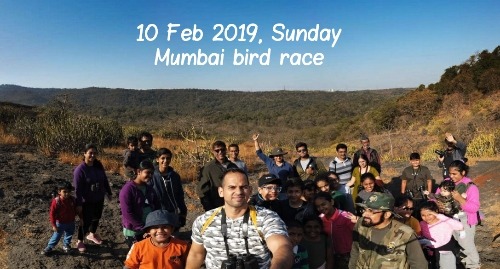






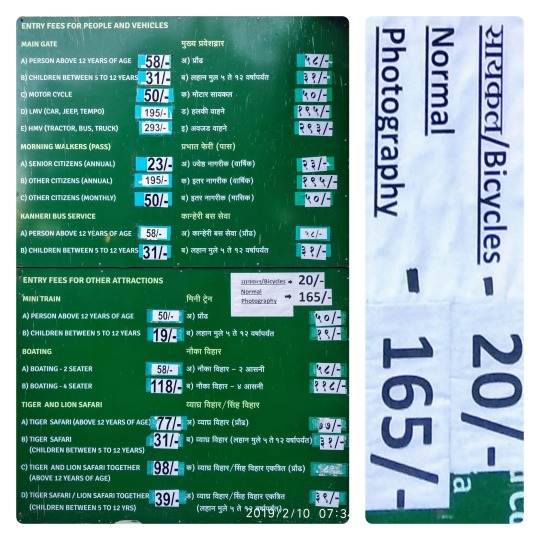
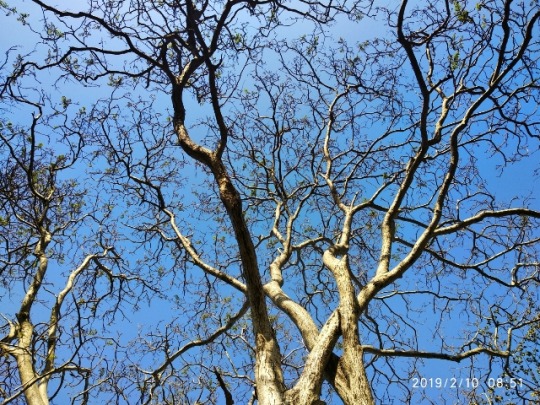
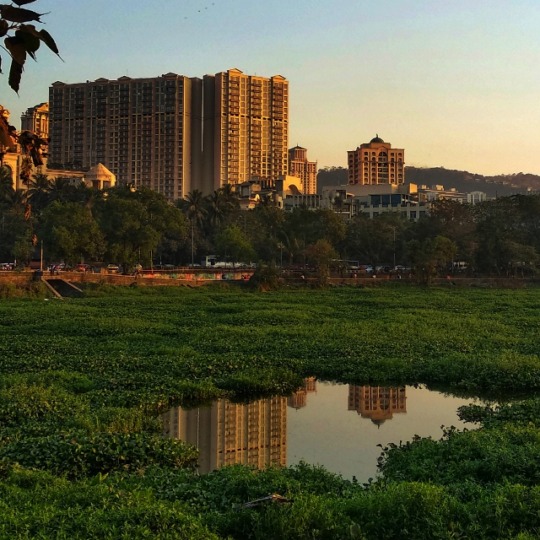
Mumbai Bird Race 2019:
30 of us saw 63 birds in Mumbai, Maharashtra, IN (19.093, 72.933) on Feb 10, 2019 from 8:07 AM. We traveled 29.67 miles (SGNP, Sewri, BPS, Powai) for 413 minutes (8 am to 6 pm) and reported all birds we saw.
Our check list:
6 Northern Shoveler
5 Greater Flamingo
300 Lesser Flamingo
1 Rock Pigeon (Feral Pigeon)
1 Laughing Dove
1 Greater Coucal
10 Asian Palm-Swift
1 Eurasian Moorhen
3 moorhen/coot/gallinule sp.
1 Kentish Plover
1 Bronze-winged Jacana
1 Common Sandpiper
1 Wood Sandpiper
1 Common Redshank
1 Brown-headed Gull
1 Common Tern
1 Painted Stork
1 cormorant sp.
1 Gray Heron
2 Purple Heron
1 Great Egret
1 Intermediate Egret
1 Little Egret
3 Western Reef-Heron
15 Indian Pond-Heron
2 Glossy Ibis
2 Black-headed Ibis
1 Black-winged Kite
1 Eurasian Marsh-Harrier
50 Black Kite
1 Brahminy Kite
1 Indian Gray Hornbill
1 Common Kingfisher
1 White-throated Kingfisher
4 Green Bee-eater
1 Coppersmith Barbet
1 Brown-headed Barbet
1 Rose-ringed Parakeet
1 Large/Common Woodshrike -- Sgnp
1 Indian Golden Oriole
1 Black Drongo
1 Ashy Drongo
2 Indian Paradise-Flycatcher
1 House Crow
1 Large-billed Crow
1 Barn Swallow
1 Red-vented Bulbul
1 Red-whiskered Bulbul
1 Clamorous Reed Warbler
1 Common Tailorbird
1 Jungle Babbler
1 Oriental Magpie-Robin
1 Tickell's Blue Flycatcher
1 Verditer Flycatcher
1 Pied Bushchat
1 Rosy Starling
3 Asian Pied Starling
1 Common Myna
1 Purple-rumped Sunbird
1 sunbird sp.
1 House Sparrow
1 Chestnut-shouldered Petronia
Number of Taxa: 61.
Check my Mumbai BirdRace in 2015 , 2022 , 2023 & 2024.
#Mumbai Bird Race#Bird Race#Birdwatching#Birding#bird's eye view#birds#birds adored#birdsinflight#angry birds#birds of prey
1 note
·
View note